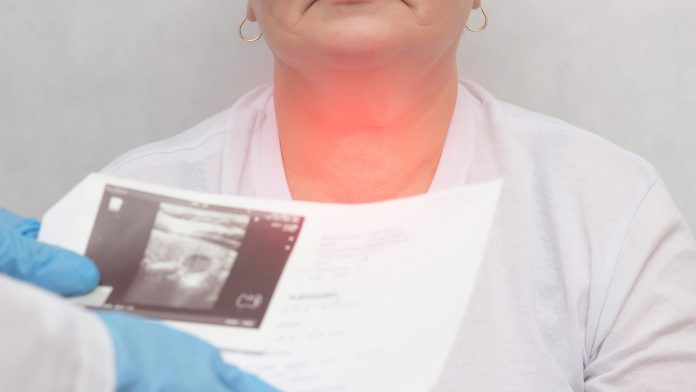
Researchers from MedUni Vienna and the Christian Doppler Laboratory for Applied Metabolomics have been developing new markers to improve head and neck cancer treatment.
Head and neck cancers are very heterogenous, meaning they can be difficult to treat. As well as this, the lack of prognostic markers makes personalised treatment highly challenging.
The study has been published in the European Journal of Nuclear Medicine and Molecular Imaging.
What is head and neck cancer?
The term head and neck cancer refers to a variety of tumours that occur in this region. These include tumours found in the oral cavity, pharynx, larynx and nose and sinuses. Most malignant head and neck tumours are squamous-cell carcinomas i.e., tumours originating on the surface of cells. Other, less common tumours include adenocarcinomas, which originate from glandular tissue and sarcomas, which form in soft tissue.
According to statistics from the international database Global Cancer Studies, over 830,000 people are diagnosed with some form of head and neck cancer globally each year.
In 2019, 1,184 men and 404 women were diagnosed with head and neck cancer in Austria. Alcohol consumption and smoking are known risk factors for the disease. The effects of papillomaviruses are also thought to carry a risk.
Prior to this research, there has been limited research on the genetic characteristics of head and neck cancer. Tumours in this region are known to be extremely diverse and there are no suitable parameters for risk assessment in high-risk patients.
Using genetic analysis to improve treatment
These grey areas in treatment are what inspired the recent research. The researchers analysed DNA sequencing of 127 tissue samples from head and neck cancer patients. The team examined the cellular characteristics of the tumours using Artificial Intelligence and positron emission tomography (PET).
The retrospective study aimed to calculate specific numbers that could be used as markers for a risk assessment in patients. This was achieved by combining the data from genetic analysis and PET imaging.
The researchers sequenced DNA from the tissue before examining the three-dimensional PET images and extracting specific image patterns. The team then combined the data using machine-learning algorithms to identify genetic networks in different patterns of disruption in the tumours.
The researchers found that the cellular sequences, in combination with the specific patterns that were extracted during the analysis, were associated with high risk for cancer patients.
The findings suggest that the identified markers from genetic and image-based data will make for a more effective means of capturing the heterogeneity of the tumours. The researchers believe their findings will make it possible to develop better-targeted treatment options for patients and to monitor high-risk patients more closely.







